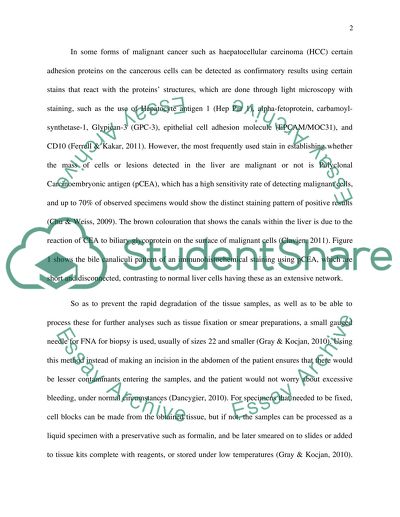Cite this document
(“Pathobiology (case study) Essay Example | Topics and Well Written Essays - 1500 words”, n.d.)
Pathobiology (case study) Essay Example | Topics and Well Written Essays - 1500 words. Retrieved from https://studentshare.org/health-sciences-medicine/1466484-pathobiology-case-study
Pathobiology (case study) Essay Example | Topics and Well Written Essays - 1500 words. Retrieved from https://studentshare.org/health-sciences-medicine/1466484-pathobiology-case-study
(Pathobiology (case Study) Essay Example | Topics and Well Written Essays - 1500 Words)
Pathobiology (case Study) Essay Example | Topics and Well Written Essays - 1500 Words. https://studentshare.org/health-sciences-medicine/1466484-pathobiology-case-study.
Pathobiology (case Study) Essay Example | Topics and Well Written Essays - 1500 Words. https://studentshare.org/health-sciences-medicine/1466484-pathobiology-case-study.
“Pathobiology (case Study) Essay Example | Topics and Well Written Essays - 1500 Words”, n.d. https://studentshare.org/health-sciences-medicine/1466484-pathobiology-case-study.


